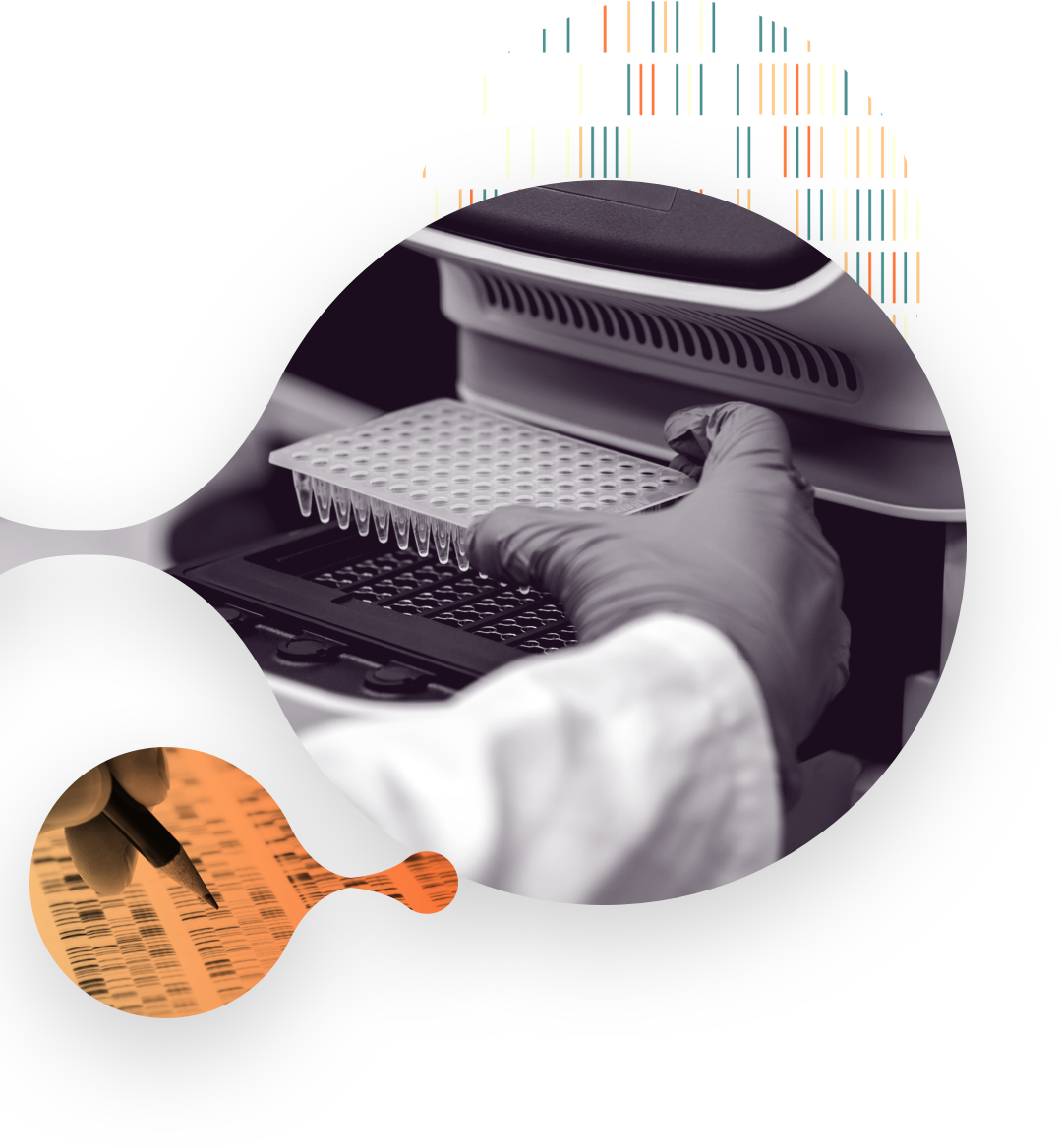
Norgen Biotek Sample Preparation & Purification Kits
DNA Extraction
Exosome Isolation
RNA Extraction
Sample Collection
Sample Collection and Preservation
Nucleotides and RNA
Antigen mRNA
Custom mRNA Synthesis
Gene Replacement mRNA
Genome Editing mRNA
Reporter Gene mRNA
PCR
Assays
Cell Lysis and cDNA Synthesis
qPCR Mastermixes
qPCR Reference Genes
Reverse Transcription
Quality Control Tools
Control for Primer Dimers
Control the Quality of your RNA / DNA
gDNA Contamination
Interplate Calibrator
qPCR Mastermixes
Spikes - Controls for qPCR and RT Inhibition
Sample Prep
DNA Extraction
Exosome Isolation
RNA extraction
Sample Collection
Sample Collection and Preservation
TATAA Biocenter – High-Performance Reagents for Gene Expression Analysis
Assays
Cell Lysis and cDNA Synthesis
qPCR Mastermixes
Reverse Transcription
Not seeing what you're looking for?
TATAA carries thousands of products from our huge list of distributors.


